Farm report: Herd expansion not always the answer for profits
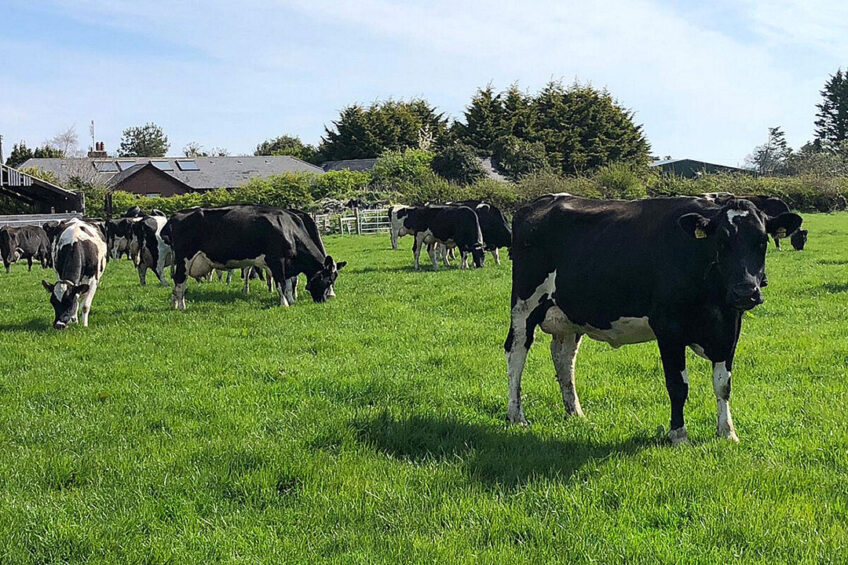
Many dairy farmers believe they need more cows in their herd in order to achieve a profitable income but sometimes a closer look at the farm accounts could tell a different story.
More often than not the availability of land is the dominant restriction to any dairy farm expansion and there are other factors to consider such as quotas on levels of nitrates and phosphates enforced in some countries to protect the environment.
When milk prices dip, as they currently have done in the Covid-19 era, some farmers assume more cows means a profit. However, as one farmer in Northern Ireland discovered, controlling the costs is much more important than increasing the herd size.

The Ards Peninsula in Northern Ireland is renowned for having a more moderate climate than the rest of the country and for its ability to grow luscious green grass.
However, this year the climatic conditions have been somewhat challenging for the farmers as well as having to endure Covid-19 era depressed milk prices.
Jason Rankin took over the family farm back in 2000 but works off-farm and has therefore enlisted Chris Catherwood to handle the management of the herd.
“Altogether including rented land we farm close to 300 acres. As I work away from the farm the day to day management of the farm is in the hands of Chris Catherwood, who is in an equity partnership with us,” says Jason.

| Name: Rankin farm has been in the family since around 1890 and Jason Rankin took over the running of the farm around the year 2000. Location: East coast of Northern Ireland on the Ards Peninsula close to Newtownards. Stock: 260 cows in the herd mostly of the New Zealand Friesian breed. Calving: The farm operates a compact spring calving system Milk: The average milk volume sold per cow in 2019 was over 7,000 litres at 4.2% butterfat and 3.5%percent protein |
Maximising grazing and technology
The main goal of this farm is to use as much grass as possible in the diet to maximise grazing efficiency and save on costs. “Yes, we make the maximum possible use of grazed grass,” says Jason. “The cows operate as one group. We rear around 65 replacement heifers each year selling off either surplus heifers or late calvers.
“The milking herd is bred entirely to AI with dairy semen used for the first six weeks and beef semen for the remaining six weeks. Our calving period is limited to 12 weeks. Replacement heifers are AI’d for the first service then a Hereford or Angus bull is used to sweep,” he adds. Investing in technology has proven to be worthwhile over the years on the Rankin farm but they have not gone overboard spending money on equipment not required. “The cows are milked in a 24/48 Fullwood herringbone swing over parlour,” said Jason. “It was first installed as a 14/28 parlour back in 1997 then subsequently expanded to its current size.
“I am not a believer in investing in machinery and technology just to save tax. Heat time technology and a good separation or shedding gate is the best investment in technology we have made in recent years. “This integrates with the Uniform software which we use as the herd management package. The grass is measured weekly during the grazing season and we use the AgriNet package to analyse the results.”
As with any dairy farm the Rankins have to deal with challenges but this year has generated a unique set of problems given that Covid-19 drastically reduced demand for milk and ultimately hit prices. “After a number of damper years, we seem to be coming back into a period of dry weather,” said Jason. “The drought in 2018 had a severe impact on us and we were starting to get worried about the recent dry spell and have been very glad to see the recent rain.
“I’m not one to complain about milk prices as I believe the co-op that purchases our milk, Dale Farm, is doing the best it can in very difficult circumstances.
“We obviously were hoping that milk prices would improve in 2020 but Covid-19 has put a stop to that, although prices have not dropped as much as initially feared and the market is showing some very early signs of a slow and gradual recovery. We have restructured farming activities to provide for social distancing,” he says.

Herd expansion
Jason and the staff team of three on the farm are not considering expanding the business. Jason also offers a word of caution to any dairy farmer who is in the mind set to milk more cows. He states: “In terms of expanding, land is our main limiting factor. At present we are close to optimum stocking levels and further expansion would not be possible without increasing reliance on purchased feed which I do not believe would be a sound business decision.
“I think that given the current market volatility farmers need to think very hard before they expand. In some cases, it will be the right decision, but expansion is not the panacea that many farmers believe it to be,” he warns.
 Beheer
Beheer

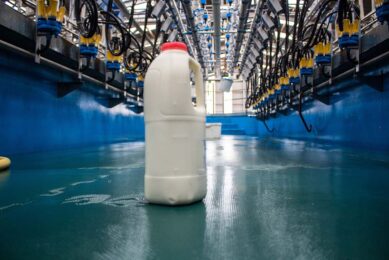
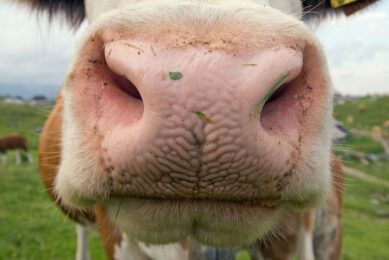
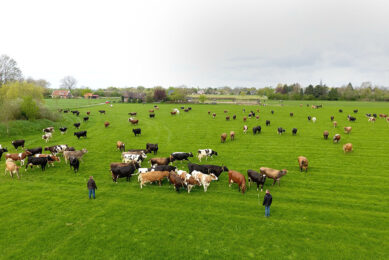
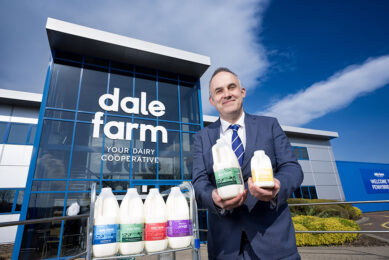
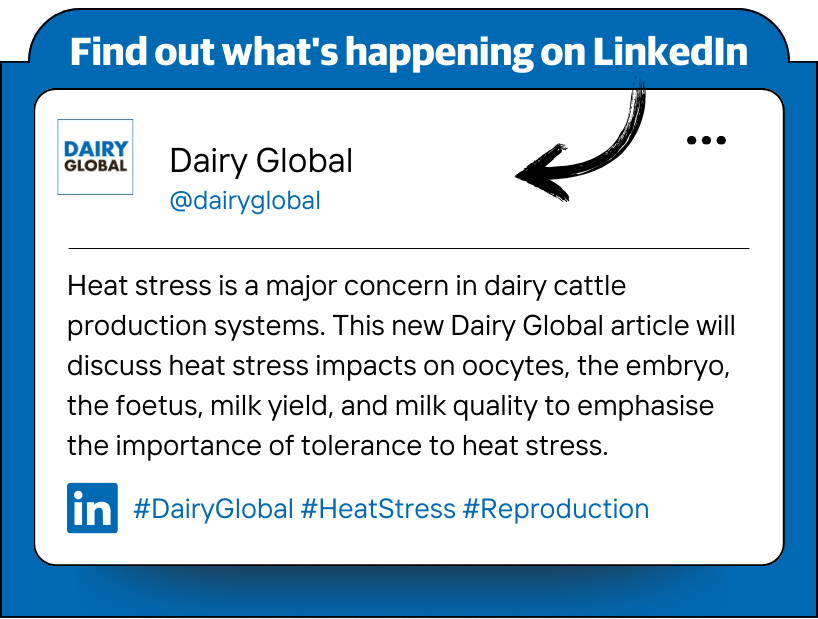



 WP Admin
WP Admin  Bewerk bericht
Bewerk bericht